Pink eye or stye are two frequent eye disorders that can cause discomfort and visual loss. Although both illnesses affect the eyes, they have distinct symptoms and causes.
Pink eye (conjunctivitis) is an inflammation of the conjunctiva, a thin membrane-like covering that protects the white area of the eye and the inner side of the eyelid. It might be caused by a viral or bacterial illness, an allergy, or anything else that makes the eyes uncomfortable.
A stye (hordeolum) is a regional or vaginal infection that produces inflammation of the eyelid glands, most commonly caused by a bacterial infection.
Causes Of Pink Eye And Stye
Both pink eye and styes can cause eye irritation, however they have different causes.
Pink Eye (Conjunctivitis)
- Viruses are the most prevalent cause, accounting for around 60% of cases.
- Although less prevalent than viral infections, bacterial pink eye is often caused by Staphylococcus aureus or Haemophilus influenzae bacteria.
- Allergens such as pollen, dust mites, and pet dander can cause an allergic response in the conjunctiva, resulting in pink eye.
- Irritants include chemicals, tobacco, chlorine in swimming pools, and even dry eyes, which can irritate the conjunctiva and produce inflammation.
- Wearing the wrong lenses, as well as prolonged lens wear, can introduce bacteria or irritants into the eye, causing pink eye.
Stye (Hordeolum)
- Blepharitis Chronic inflammation of the eyelid margins might raise the possibility of developing styes.
- Styes are caused by a bacterial infection, most often Staphylococcus aureus, that affects the oil glands in the eyelid.
- When dead skin cells and oil build up, they can plug the oil glands, providing an ideal habitat for bacteria to grow and result in a stye.
- Frequent eye rubbing or contact with unclean hands might introduce germs into the oil glands, potentially infecting them.
- Rosacea, a skin disorder marked by face redness, might increase the risk of styes.
Note: It’s crucial to remember that, while pink eye, particularly viral and bacterial varieties, is very infectious, Styes are not and cannot transmit from person to person.
Is It A Stye Or Pink Eye?


The following significant differences will help you determine whether you have a stye or a pink eye.
Presence of lumps
- Stye: A hard, red lump on the edge of your eyelid indicates a blocked oil gland, which is a stye.
- Pink eye: No lumps, pimples or boils around the eyes.
Redness
- Stye: It may produce redness around the bump.
- Pink eye: A widespread redness of the white area of the eye (sclera).
Discharge
- Stye: When gently pinched, pus may emerge right from the hump.
- Pink eye: The eye may leak water, pus, or mucus.
Pain
- Stye: often produces discomfort, pain, and swelling in the afflicted region.
- Pink eye: It is usually painless, although it may feel gritty or irritating.
Contagiousness
- Stye: It is not communicable.
- Pink eye: It is very infectious, particularly viral and bacterial kinds.
Here is a table that summarises the key points
So you can easily understand whether it is Stye or Pink Eye
| Glory | Stye | Pink Eye |
|---|---|---|
| The presence of a lump | Yes, red lump on the eyelid | No |
| Redness | Localised around the hump. | General redness in the white area of the eye |
| Discharge | Pus from bump (when squeezed) | Watery, pustular, or mucous discharge. |
| Pain | Tenderness, discomfort, and swelling. | Usually little discomfort, although it may feel gritty. |
| Contagiousness | Not contagious | Highly contagious (both viral and bacterial) |
Remember, If you’re unclear about the sort of eye infection you have, it’s always better to see a doctor for an accurate diagnosis and treatment. They can also advise you on how to take proper precautions to avoid infection spread in the event of pink eye.
Home Remedies For Pink Eye And Stye
Although home therapies can help with the pain of pink eye and styes, it is important to note that they do not cure the underlying ailment and may not be suitable for everyone. It is always recommended to see a healthcare professional for an appropriate diagnosis and treatment, especially if symptoms worsen or persist.
Here are some common home treatments that may provide short relief for both pink eye and styes:
Warm compresses
Soak a clean washcloth in warm water, dry it to remove excess moisture, and gently massage your closed eyes for 10-15 minutes at a time. Repeat this several times daily. It warms and increases blood flow and promotes drainage, potentially speeding healing.
Eye drops
Over-the-counter lubricating eye drops (artificial tears) can help relieve dryness and discomfort. Look for products without preservatives, especially if you have sensitive eyes.
Hygiene practices
Always clean your hands with soap and water, especially before touching your eyes. Avoid touching or rubbing your eyes, as this can spread illness, and cause Pink Eye or Stye. Use a separate washcloth for each eye and rinse frequently with warm water.
Hygiene practices
Always clean your hands with soap and water, especially before touching your eyes. Avoid touching or rubbing your eyes, as this can spread illness, and cause Pink Eye or Stye. Use a separate washcloth for each eye and rinse frequently with warm water.
Additional tips for Styes: To promote drainage, gently massage the afflicted region with a clean fingertip in a circular motion. Avoid exerting pressure or attempting to compress the stye, since this might exacerbate the infection.
It's crucial to seek immediate medical attention if:
- Your symptoms increase or may not improve after a few days.
- You experience significant pain, blurred vision, or light sensitivity.
- You have a weakened immune system.
- By prioritising professional guidance and using these remedies cautiously, you can manage your discomfort while awaiting proper diagnosis and treatment.
Important note: Do not use antibiotics or any other medication without first consulting a medical professional. Stop using contact lenses until your pink eye clears up completely.
How To Treat A Stye Or Pink Eye
The therapy for styes and pink eye varies according to the cause of infection. Here’s the breakdown below.
Stye
- Apply a clean, warm compress to the afflicted region for 10-15 minutes, four to six times each day. This improves drainage and reduces edema.
- Gently massage the region in a circular motion with a clean fingertip to promote drainage. Do not squeeze or pop the stye.
- Over-the-counter pain relievers include acetaminophen and ibuprofen.
- If the Stye does not clear up with home treatments within a week, your doctor may prescribe medicines to combat the bacterial infection.
- In rare situations, if the stye is extensive and does not respond to previous treatments, your doctor may need to drain it using a sterile needle.
Pink eye
- Viral Pink Eye Usually resolves itself within 1-2 weeks. Warm compresses and fake tears are two home treatments that might help relieve pain.
- Your doctor may prescribe antibiotic eye drops or ointment to treat the infection.
- Over-the-counter antihistamine eye drops or allergy drugs may be prescribed to alleviate irritation and itching.
Note: 1. Do not use antibiotics or other drugs to treat yourself 2. Maintain excellent hygiene 3. Avoid using contact lenses.
Prevention Advice
The best treatment for most medical issues is prevention. Below are some tips.
- Before going to bed, remove any makeup from your eyes, especially if you are prone to styes or pink eyes. Sleeping with makeup on can block follicles and create discomfort.
- Makeup, eye drops, and contact lens solution should be replaced every six months to avoid bacterial contamination.
- Develop the practice of cleaning your hands before and after touching your eyes or nose.
- Avoid sharing towels and washcloths with others.
- Take the allergy medicine prescribed by your doctor to prevent allergic conjunctivitis, and avoid environmental irritants like smoking. If your eyes are irritated or painful after being outside or being exposed, consider rinsing them with clean water.
Overview
A Stye is often confused with a pink eye. Keep in mind that a firm lump on the edge of the eyelid indicates a stye. If there is no bump but you see redness in the white region of your eye, you probably have pink eyes. If you have problems seeing or if the condition does not improve despite home therapy, consult your healthcare practitioner.

Recent Posts
- Best Vitamin C Eye Creams
- What is Sun Protection Factor (SPF) Sunscreen? | Testing & Explain
- How to Manage Oily Skin: Tips and Tricks
- Guide to Vitamin C for Hyperpigmentation
- Nighttime Skincare Routine for Healthy Skin
- Morning Skincare Routine for Glowing Skin
- How to determine your skin type
- Step By Step Skincare Routine for Dry Skin, According to Dermatologists
- Understanding and Protecting Your Skin Barrier: Essential Tips
- 10 Common Myths About Oily Skin
- The Impact Of Hormonal Imbalances On Skin Health
- Cerave vs Cetaphil Lotion, which is better for your skin?
- 7 Best Nail Glue For Sensitive Skin
- 5 BEST LIP LINER FOR MATURE SKIN
- Best Clear Lip Liner For Dry lips
- Best Foundation For Mature Skin Over 40
- Benefits of Applying Vitamin E Capsule on Face Overnight
- Best Fastest Hair Growth And Thickness Vitamins
- 7 Health Benefits Of Morning Dew Drops For Skin Care
- Best Anti Aging Face Moisturizer for Combination Skin
- How to Apply facial Moisturizer Cream Correctly for every Skin Type
- Step By Step Day And Night Korean Skin Care Routine
- Best Contour Products for Different Skin Textures
- Step By Step Anti Aging Skin Care Routine For Combination Skin
- Best And Worst Serum Ingredients For Acne Prone Skin
- 10 Easy Makeup Ideas For Kids
- 10 Best Organic Shampoo Bar, Tested And Reviewed
- Best Korean Anti Aging Serum For 30s, 40s, 50s
- How to Make Lips Soft And Pink Naturally at Home
- The Complete Guide To Hormonal Oily Skin Treatment
- How To Treat Dry Acne-Prone Skin In The Winter?
- Jan Marini Bioglycolic Face Cleanser Reviews
- I S Clinical Cleansing Complex Review
- Sodium Ascorbyl Phosphate Benefits For Skin Lightening
- Regenerist Regenerating Cream Cleanser Review


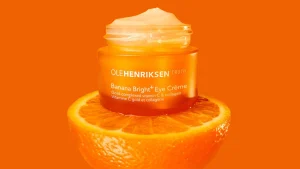


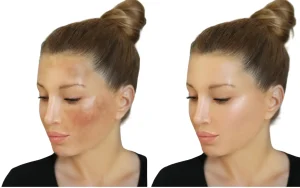
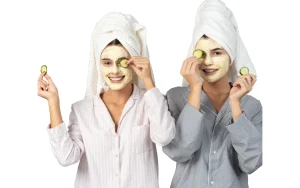
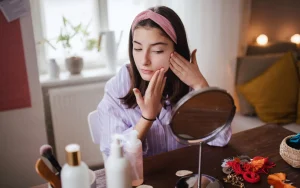
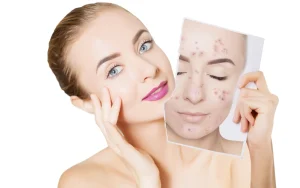


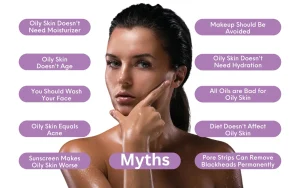

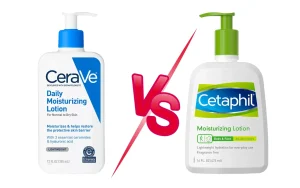


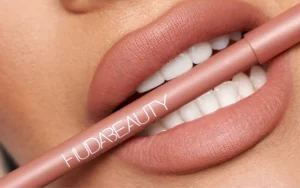
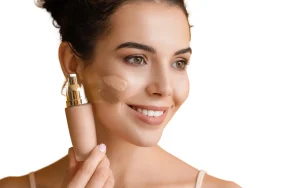
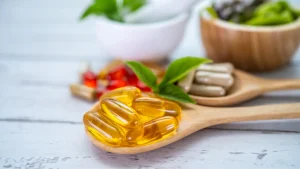
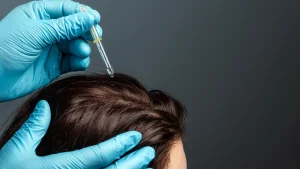
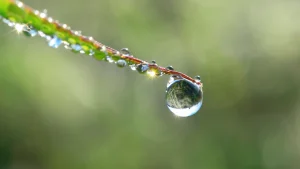
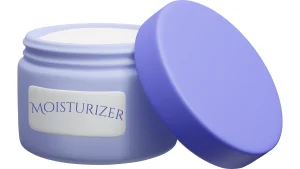
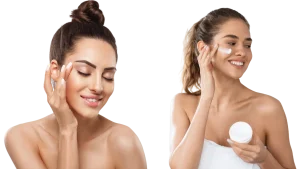


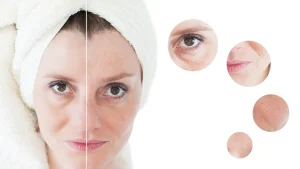
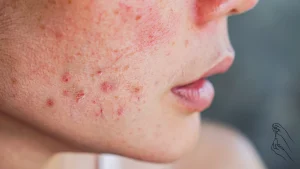
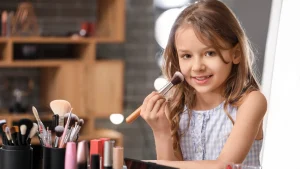

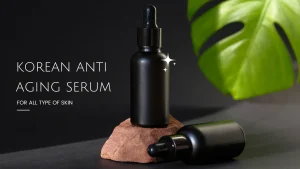
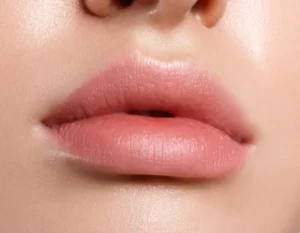

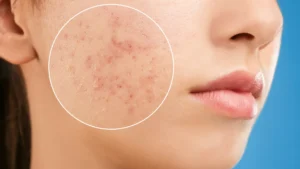

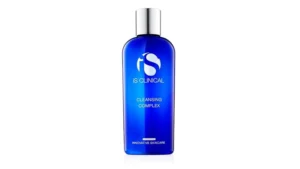



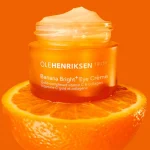
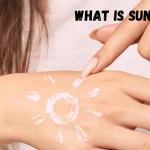
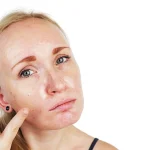
Pingback: 10 Best Anti Aging Face Washes and Cleansers || Be Confident
Pingback: IMAGE Skincare Vital C Hydrating Facial Cleanser Review - SC